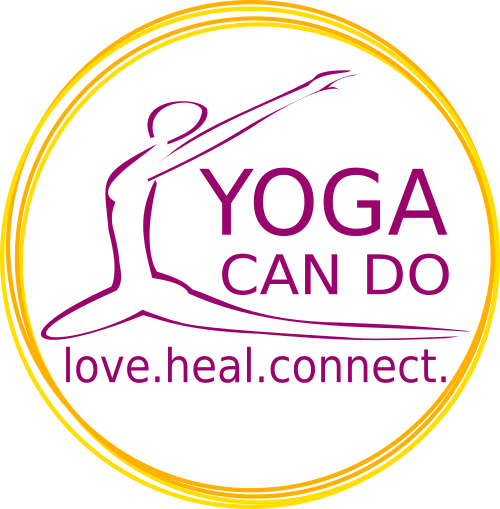Sanskrit name
Setu Bandha Sarvangasana
(setu= bridge; bandha= lock; sarva= all; anga=limb)
How to do bridge pose
Lie on your back with your arms alongside your body, palms facing downwards, pressing into the floor.
Bend your knees, planting the feet into the mat, hip width apart. Between your glutes and your ankles should be the distance of one handbreadth.
Press firmly your feet into the ground, engage thighs and glutes. With your next inhale lift up your hips, lifting vertebra for vertebra off the floor. Hips should align with the height of your knees.
Press shoulders and arms into the ground to lift your chest.
Stay for a few breaths in the pose.
To get out of bridge pose: exhale and lower down your spine, vertebra for vertebra on the floor. Reach out your legs. Relax and repeat.
Special focus on:
Knees: When you lift up your spine, make sure not to fall outwards with your knees. Bring them back together (they should be approx. hip width apart, not more)
Neck: lower your chin a bit to the chest to lengthen and open the cervical spine. Keep neck and shoulders relaxed, resting on the floor.
Benefits:
- Lengthens and strengthens the spine
- Strengthens the legs
- Opens the shoulders and chest
- builds core and lower body strength
- Calms the brain and eases anxiety
- stimulates the endocrine and nervous systems
It’s a good preparation for other backbends like wheel pose.
Contraindications:
Recent or chronic injury to the knees, shoulders or back. Neck issues.

